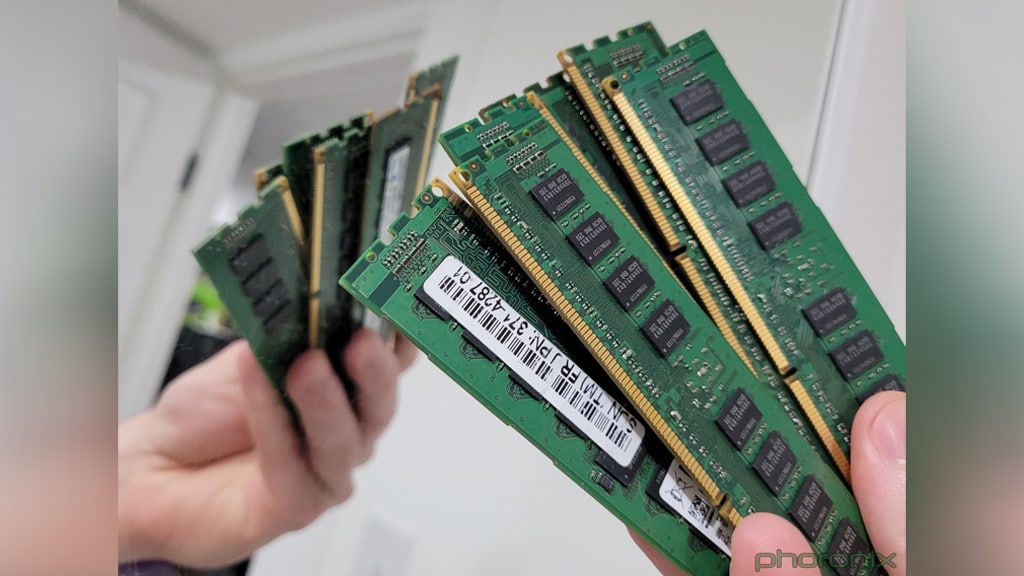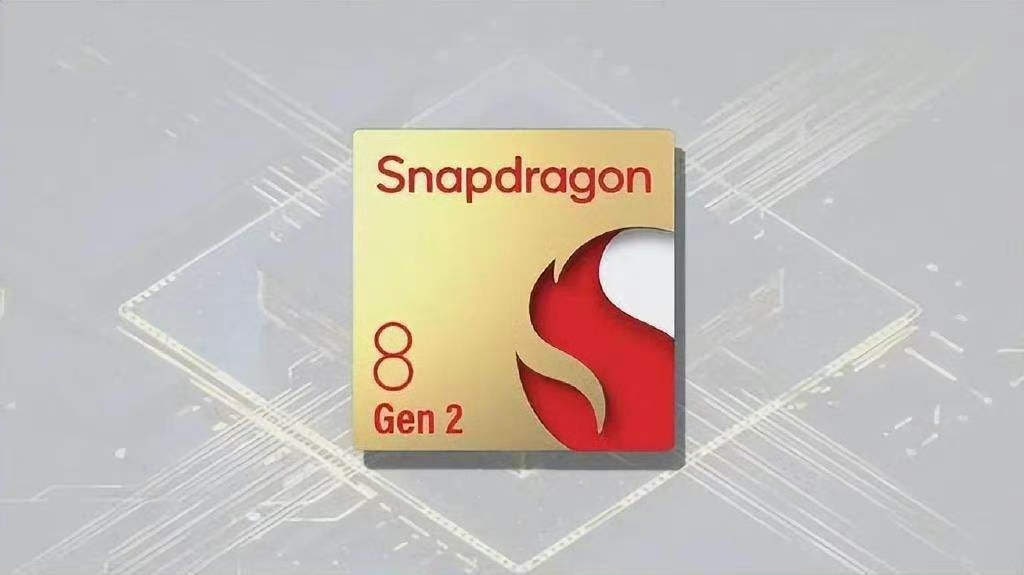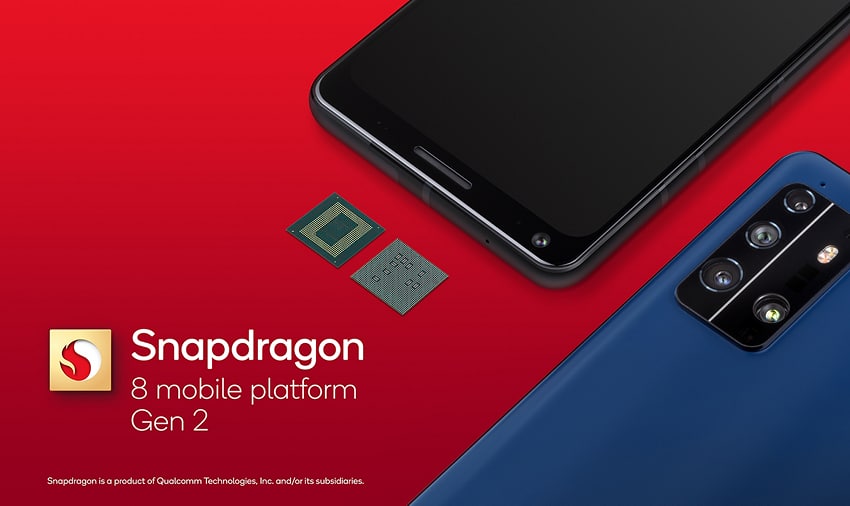Huawei MatePad Pro 12.6 November 2022 update rolling out in Europe
Huawei Sound Joy smart speaker improves system stability with new update
Broadcom BK7235 processor combines with OpenHarmony
Huawei MatePad Pro 10.8 gets SuperHub feature with HarmonyOS 3 public beta
Huawei MatePad Paper new update brings unique changes to Notes app
Huawei launched smartphone broken screen offline services
Huawei Mate X3 sample version begins to rollout, launching soon
Huawei Nova 10 series is now available nationwide in Malaysia
Huawei Mate 50 Pro smartphone back in stock in Malaysia
Old Huawei 5G phones still ruling Chinese smartphone market
Huawei MatePad Pro 12.6 November 2022 update rolling out in Europe
Huawei Mate 40 Pro receives November 2022 update [Global]
Huawei P50 Pro is getting EMUI 12.0.1.286 in Europe
Huawei Sound Joy smart speaker improves system stability with new update
Huawei Nova 9 is getting November 2022 firmware
Download Huawei Celia Keyboard [11.0.5.309]
Download Huawei HMS Core app (6.8.0.332)
Download Huawei Health app (13.0.1.300)
Download Huawei AppGallery App (12.6.1.303)
Download Huawei M Store app (62.5.2.300)
Huawei MatePad 11 gets new 8GB + 256GB storage version
Huawei MatePad SE tablets sold out in Indonesia
Huawei MateStation X 2022 specs leaked ahead of launch
New Huawei MateStation X 2022 all in one PC is coming
Huawei MateStation X 2022 to feature 12th gen Intel i9 processor
Huawei Watch Buds leaked in short hands-on [Video]
Huawei Watch Buds leak shows earbuds inside a smartwatch
Quick message reply feature rolling out for Huawei Watch D with a new firmware update
Huawei Band 7 NFC Edition now avails at amazingly low price
Huawei Watch 3 Pro new gets taxi-hailing feature
Published
on
By
Linux Kernel is the main component of the Linux operating system as well as the core interface between a system’s hardware and its processes. Since 2015, the Linux kernel has supported UEFI mirrored memory functionality of x86/x86-64.
In the latest edition, Huawei engineers developed and added the UEFI mirror memory function Linux AArch 64. Recently, Huawei engineer Wupeng Ma released the latest patches working on this UEFI mirror memory support for Linux AArch64 hardware.
UEFI:
The UEFI allows setting up address range-based partial memory mirroring that has been going around all the way back to the UEFI 2.5 spec. This UEFI memory mirroring can be used for redundancy and reliability purposes on the servers. 
More information:
Following the platform settings, the servers can normally provide a full mirror up to 50% (reserved for mirroring) or partial mirroring usually 10~20%, if it is below or above 4GB or even be left up to the OS for determining the memory address ranges for mirroring.
However, AArch64 hardware meeting the UEFI spec can support it too, but the Linux kernel support on AArch64/ARM64 hadn’t been set up until now.
Linux Kernel:
Linux kernel is a free, open-source, monolithic, modular, and Unix-like operating system kernel. The main component of the Linux operating system (OS) is Kernel and is the core interface between the computer’s hardware and its processes.
The Linux kernel is used by Linux distributions alongside GNU tools and libraries. This combination is sometimes referred to as GNU/Linux. For your information, the Popular Linux distributions platform are Ubuntu, Fedora, and Arch Linux.
(Via: Phoronix)
Huawei launches ‘Digital Bus’ project to level up education sector in Thailand
Huawei Router AX6 with Wi-Fi 6+ and 7200 Mbps speed launched
Amy is our firmware and software specialist, she keeps her eagle eyes open for new software rollouts, beta programs, and other software related activities as well as new smartphone launch.
Huawei has installed 27500 communication sites in Nigeria
Huawei UK Deal: Get up to 33% off and exciting rewards on latest smartwatches
Huawei and BAIC developing new smart cars, could launch in 2024
Published
on
By
Huawei and its satellite communication are once again in the headlines. After Apple, it looks like Samsung is planning to follow Huawei and implement satellite communication technology on its flagship gadgets.
Satellite Communication technology is gradually becoming a trend in the market. In recent times, we come across several tech makers that are trying to adopt the respective feature for their devices or operating systems.
After Huawei, satellite communication enlisted Apple, Google (Android 14), and now Samsung. While Apple has already offered the benefits of satellite features with iPhone 14 series, Google and Samsung are in the preparation phase.
The latest information reveals that Samsung has associated with Iridium cooperation and is finalizing the satellite communication development for its next flagship smartphone – the Galaxy S23 series.
In our previous reports, we mentioned that Samsung is looking for a satellite connectivity provider other than Globalstar. This was so because Apple already merged with Globalstar for satellite features.
Thus, Samsung decided to take different steps in this tech concept. Eventually, it seems like the Korean tech maker has found the right companion to proceed with the new technology.
Samsung and Iridium
Speaking of the Iridium group, the cooperation utilizes the 66 low-orbit communication satellites. This framework offers effective voice and data communication services for users without any network hindrances.
On the flip side, the info states that Samsung has been working on satellite communication technology for the past two years. In the meantime, the company was dealing with antenna challenges as to how to make it a compact and power-efficient element.
Consequently, just like Huawei and Apple, Samsung’s main objective is to provide its users with immersive voice, messages, and image transmission facilities. And who knows, we could find the satellite tech with Galaxy S23 in the first quarter of 2023.
Satellite Communication – A long race!
Huawei is the first company to bring satellite communication features with the dynamic Mate 50 series. Ultimately, the feature is capable of relieving communication services even in low-area networks.
Thus, a user with Huawei Mate 50 smartphone can conduct calls, send a 19-20 characters text, scan a code 8-10 times, and generate trajectory maps and locations.
On the other hand, Huawei is making the corresponding feature more useful with the Mate 60. Yes, the internal tweaks suggest that the new version of this technology will enable two-way communications, sending voice messages, and making short voice calls as well.
It won’t be wrong to say that when it comes to technology and innovation, Huawei remains one step ahead.
Know More: Huawei Mate 60 may launch new Satellite Communication Features
Apple iPhone 14 series – SOS feature
Following Huawei, Apple also launched the iPhone 14 series with satellite features. It has implemented the Emergency SOS feature which combines with the software and connects antennas directly to the satellite.
As a result, this mechanism starts messaging functions with emergency services. Being an iPhone 14 user, you can use the feature under low-network or Wi-Fi coverage.
Android 14 is also on the list!
Yes, Android 14 has also appeared in the satellite communication headlines. The information states that Google is also making efforts and could initiate satellite features on the next coming Android version.
In the time ahead, we could see many competitors in this tech field. But it would be worth seeing which manufacturer will remain in the first position regarding satellite communication.
(Source)
Published
on
By
Today, Qualcomm launched the flagship chipset, Snapdragon 8 Gen 2 for smartphones and flagship Android devices. The ultimate processor is baked with the most advanced technologies such as smarter image processing, and Wi-Fi 7, and it could be featured on the P60 series.
According to Qualcomm, the new Snapdragon 8 Gen 2 chipset contains extraordinary implements over its predecessors. Accordingly, the new features will offer a boasting performance to the premium devices.
The latest flagship processor stands upon the 4nm process layout. Ahead, it leans on four performance cores that deliver better results than the previous chipsets. All these cores range between 200 and 300MHz.
Further, Qualcomm claims that both CPU and GPU are turbo elements and exhibit 40-45% of power saving. To count on the major additions, the company has introduced revamped AI structures, the super-ultra Wi-Fi 7 for extreme connections, and smarter image processing.
Let’s dive into the features of the newly-launched Qualcomm Snapdragon 8 Gen 2 chipset: 
Progressive AI
The AI Engine comprises the Qualcomm Hexagon chipsets with innovative micro tile inferencing. Besides, it equips Tensor accelerators with up to 4.35 times faster AI performance than previous processors. It also supports the INT4 format for the first time which accelerates AI analysis performance by 60%.
Pro-Level Gameplay
The new Snapdragon 8 Gen 2 chipset adopts the amplified Adreno GPU that offers 25% faster graphics rendering.
On top of that, it features a full Snapdragon Elite Gaming arsenal that includes industry standards for Real-Time Hardware Accelerated ray Tracing, delivering authentic light, reflections, and illuminations for desktop-level gaming experiences.
Intelligent Camera functions
The effective Qualcomm Spectra installs a triple 18-bit cognitive ISPs and an Always-On Sensing camera. The optical components derive from the AI functions and enhance the real-time capture of photos and videos.
Together, these intelligent camera functions keenly inspect the objects in an image and apply image tuning accordingly. The chipset also supports iconic 200MP single captures with 3.2 gigapixels per second.
Accelerated Performance
Snapdragon 8 Gen 2 powers Kryo CPU cores which results in 35% faster performance and 40% finer battery efficiency. Additionally, the micro-architecture helps in converting one efficiency core into an additional performance core to achieve maximize multi-threaded performance up to 3.2GHz speed.
Advanced 5G Performance
Qualcomm has also added the Snapdragon X70 Modem-RF, which was announced earlier this year. This technology implies the Qualcomm 5G AI processor, Qualcomm Smart Transmit, and Qualcomm 5G PowerSave.
These all variants offer the latest advancements in speed, network coverage, and high-range link, and effectively support dual 5G SIM activation at the same time.
First-Ever Wi-Fi 7
Snapdragon 8 Gen 2 chip brings the first commercial Wi-Fi 7 with High Band Simultaneous (HBS) Multi-Link, on the new FastConnect 7800 board. The new system delivers VR-class low-latency, more than doubling Wi-Fi 6 speeds up to 5.8Gbps.
Apart from these functions, the newly-released chipset also supports Dual Bluetooth, LE Audio, and Snapdragon Sound with spatial audio for immersive audio experiences. 
Huawei P60 series could feature Snapdragon 8 Gen 2
While several smartphones are waiting to taste the new processor, the Huawei P60 series also falls on this list. The phone has been rumored many times to bring the Snapdragon 8 Gen 2 chipset on its surface.
Adding to this, Qualcomm has now released its premium processor and it’s time to wait for Huawei’s upcoming flagship. Notably, the P60 series is expected to make its debut in the first quarter of 2023.
Whereas, Qualcomm said that the latest processor will start appearing in high-end phones by the end of 2022, and will make a complete space in 2023 Android devices. Probably, the rumors of Snapdragon 8 Gen 2 for P60 models will soon turn into reality.
Read More: Huawei P60 series to bring Qualcomm Snapdragon 8 Gen 2 chipset
(Source)
Published
on
By
Huawei Power Module 3.0 has recently qualified for the TÜV SÜD third-party whole machinery test with flying colors. Accordingly, the result shows that the latest power supply system is highly efficient and productive.
For your information, Huawei Power Module 3.0 (AKA PowerPOD 3.0) is a power-oriented solution. The company launched the effective product in May this year at the Next-Generation Data Facility launch event.
The solution is quite reliant and durable in terms of use. It is compact, consumes 70% less power, and is a time-saving solution for operators. Besides, its highly-dense components make it more versatile for industrial usage.
As of now, Huawei Power Module 3.0 has completed the third-party whole machinery test. TÜV SÜD is a worldwide popular test center. The organization tests the data center-based solutions and certifies them accordingly.
The latest input reveals that Huawei took on the whole machine test and the results are quite accurate to the expectations. Consequently, Power Module 3.0 has qualified all the aspects of this test with good grades. 
Huawei Power Module 3.0 test results
The test has covered several subjects for the respective solution. For instance: system efficiency, switching mode test, system reliability and maintenance, and software function test.
- System Efficiency: The result shows that the latest power supply system can exhibit 97.8% of efficiency even under high-load scenarios. This can easily beat the efficiency level of regular systems.
- Switching Mode Test: Eventually, the solution can easily shift to all the switching modes in 0ms. Even at times of abnormal input functioning, the system will automatically shift on the double conversion or the battery mode and will provide hindrance-free performance.
- Reliability and Maintenance: Despite high pressure and different temperature points, the result are good enough. The details show that the solution can work conveniently at 0 to 40-degree celsius. Further, the product is easy and simple to carry out the maintenance process.
- Software Function: Huawei Power Module 3.0 (2.5MW) supports a bunch of thoughtful features. Such as Power function, full-chain visibility, switch tuning, AI low-load high-temperature prediction, and other functions.
In every manner, the device has successfully qualified for the whole machinery test and obtained the corresponding certificate. 
(Source)
Copyright © 2022 Huaweicentral.com